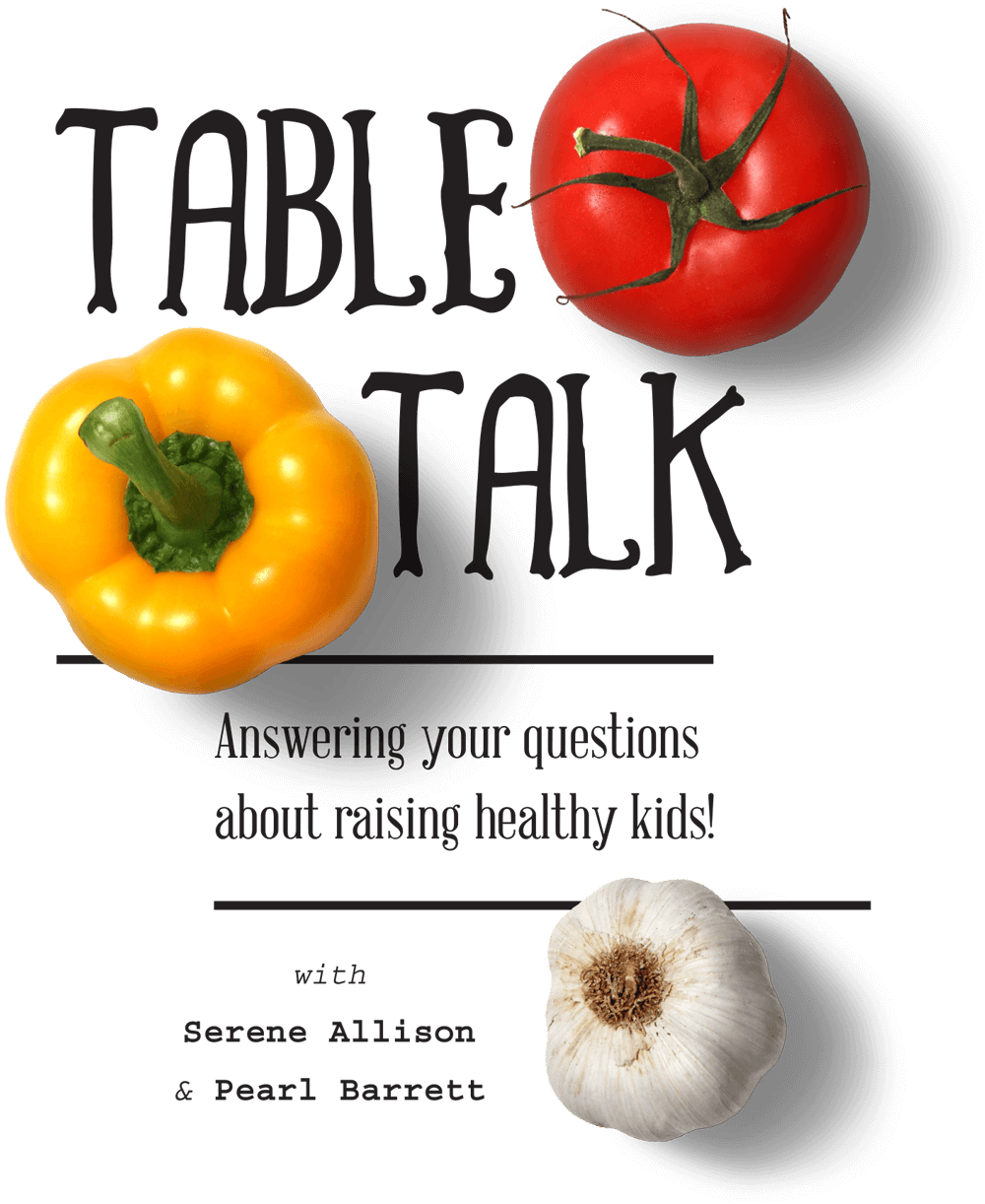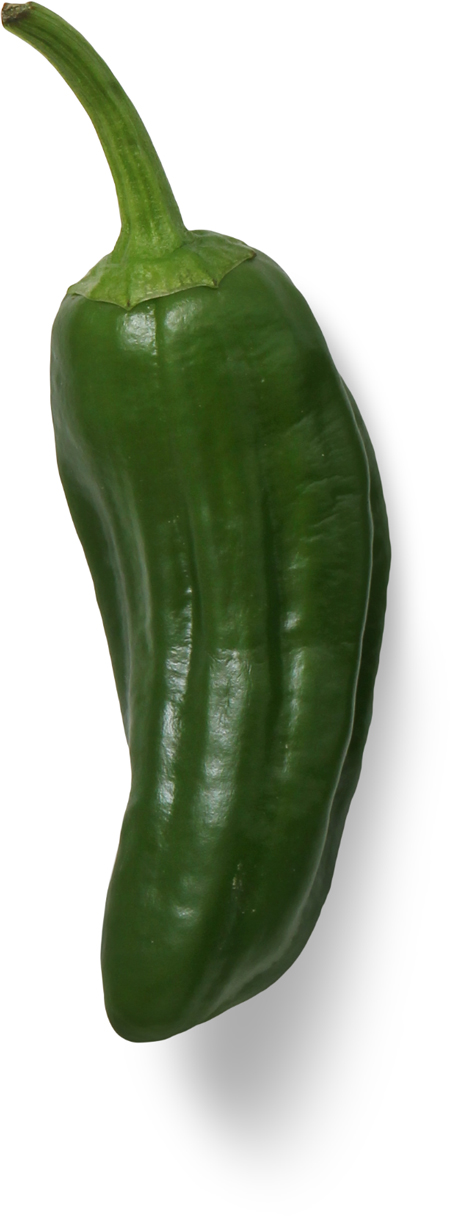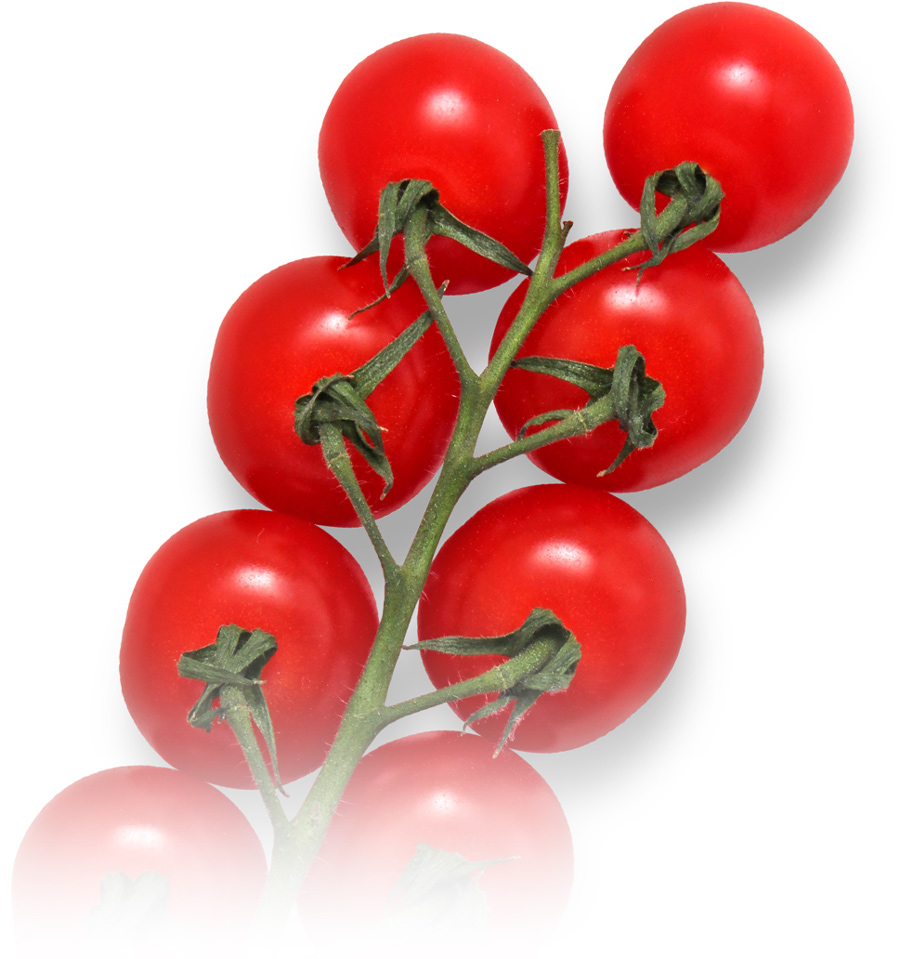

atural conversations are the way to spark interest, understanding, and personal passion for wise, lifelong eating habits in your children. Is food just all about taste and getting full… or is it more? Igniting their curiosity about this “more” will be the key.
Kids cannot develop a lifelong, healthy relationship with food when its purpose is unknown. Conversations about what food really is, rather than just how it tastes or whether they like or dislike it, will begin to foster the healthiest relationship with food.
Heavy conversations that involve a “let’s sit down and talk seriously about junk food” approach may only turn the minds and hearts of your children away from the joy of healthy eating. Food conversations happen best as natural interactions. Driving to events, or while grocery shopping, or while preparing and eating meals are all opportune occasions. The Deuteronomy 11:19 Scripture that so many of us know and love about teaching our children applies here too. The NLT translation instructs us to teach our children about God’s ways like this:
Rather than calling certain foods bad or junk, it is better for both our children and us to understand that food always has consequences. It can build bodies up or tear them down. Food is fuel, and that fuel has power. Our bodies run on it every second of our lives. Our last meal or snack affects our mood, our energy, our sleep, our growth, our ability to think properly, and even how the genes we are born with can be turned off or on.

Look for daily opportunities to guide your children into the knowledge that whole foods from the earth and healthy movement are essential for a happy and thriving life. Pulling carrots from the fridge and your children are in close proximity? Exclaim over their amazing orange color! Allowing children to see your own joy and awe at the health gifts God put into the foods he gave us overflows and ignites their own. Perhaps mention that that vivid color in carrots comes from beta-carotene which helps us see better, feel better, and fight diseases better. Ask if they know of any other foods that contain beta-carotene, then together you can discover and try more beta-carotene rich foods in delicious ways.
What begins as a discussion about the beautiful color of carrots may have your child sampling roasted sweet potatoes next. Perhaps they’ll want to help you toss them in coconut oil, then help decide what delicious seasonings such as mineral salt, black pepper, rosemary, and oregano might be added.

There are many things you may be already doing in your home to help nurture the health of your family, but have you spoken about them in front of your children with genuine enthusiasm? Excitement is catchy. You don’t have to fake something you’re not feeling, but healthy foods can be truly exciting. Your children will pick up on your own ever-developing interest in them.
Perhaps discuss why the brown rice you are putting on their plate instead of white has far more minerals which help their strength and their digestive system stay toned rather than lazy.
Ask them to point out the healthy protein source in their meal. Then open a discussion about why protein is important at every meal. Do they know that it regulates their blood sugar, helps their brain know when they are full, builds their immune system to fight disease, and let’s them grow into the healthiest man or woman they can be? Through discussions like this, they can learn naturally that protein from good clean sources of meat, beans, lentils, and certain dairy products like Greek yogurt or cottage cheese do the opposite of what sugar-filled and processed packaged foods do. Those make for grumpy children (and grumpy adults) with roller-coaster moods and hijacked emotions. Helping them to understand that healthy food made yummy with creative ideas, along with fun forms of exercise, scientifically promote joy and feel-good hormones to surge through their bodies.
We want our children to learn early that they eat broccoli not just because they’re told to do it… they eat it because it helps them become happier and healthier. Through natural conversations at the grocery store or during meal prep, they can understand that the greener a veggie is, the more flavonoids it has. Flavonoids are like special Delta Force fighters for their body.
Fostering a healthy relationship with food is all about children learning to take ownership. It’s about doing wise things for their own bodies! Talking to them, being an example, and letting them join you in the kitchen is key. When your children discover that broccoli drizzled with butter or ghee, then sprinkled with mineral salt, is not only delicious, but also makes them smart, healthy and strong—they’ll be far less likely to fight you over it. In fact, they may even start suggesting more broccoli with their meals and telling you all about it!
For a special offer on our health and nutrition curriclum designed for kids, click here.
